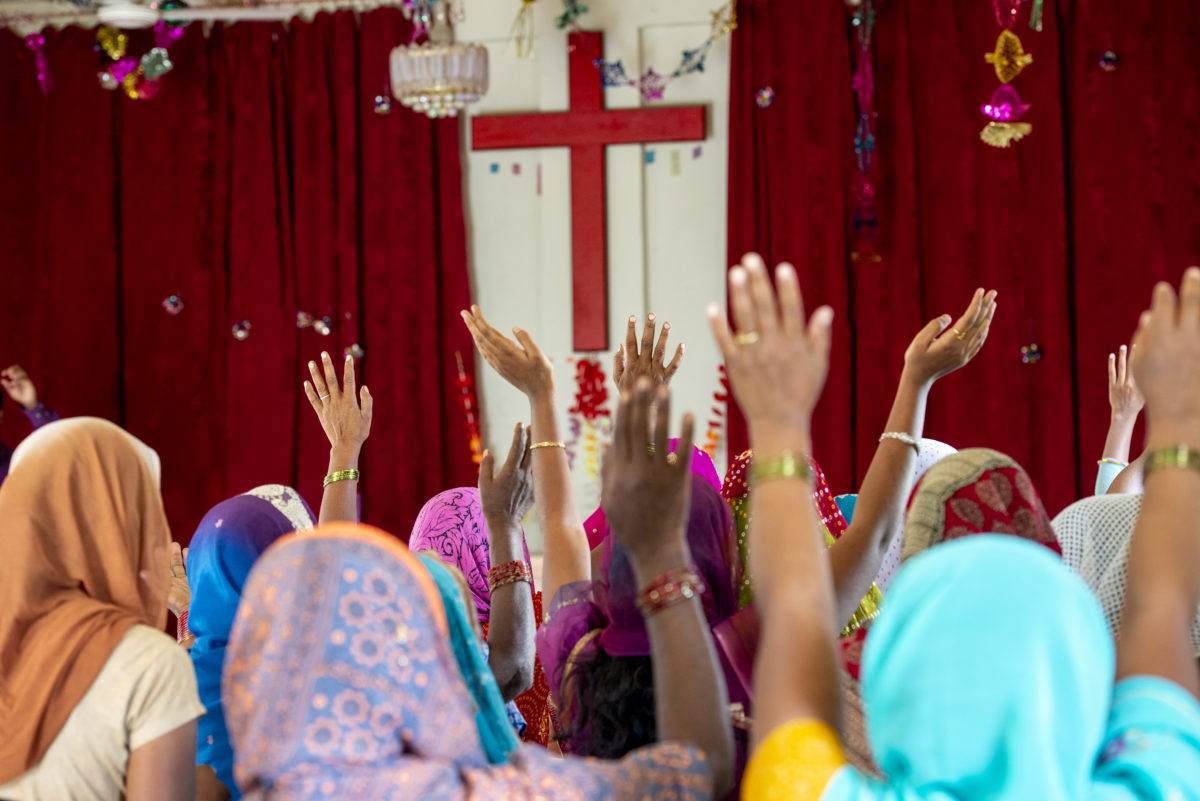Pilgrimage To Jerusalem
A pilgrimage to Jerusalem represents a journey that intertwines history, faith, and a profound engagement with the cultures that have influenced the spiritual legacy of countless individuals. People from all corners of the globe are attracted to the city’s historic streets, not just to observe its significant landmarks but also to feel the deep sense of continuity that connects biblical narratives with ongoing traditions. Jerusalem’s rich history is evident in its architecture, rituals, and the daily lives of its inhabitants, giving the city a sense of being both eternal and ever-evolving. For numerous pilgrims, the journey begins well before they reach the Old City, with excitement stemming from sacred writings, familial customs, or personal spiritual journeys.
Upon arrival, one of the initial impressions is the gathering of various religious communities—Jewish, Christian, Muslim, and others—who all regard the city as a focal point of faith. Pilgrims frequently start their journey at the Mount of Olives, where expansive views of the city walls, domes, and rooftops offer a striking introduction to the spiritual landscape. From this perspective, one can recognize how Jerusalem has served as a crossroads of devotion and strife, of yearning and perseverance, for millennia.
As they make their way toward the Old City, visitors typically enter through the Lions’ Gate or Damascus Gate, stepping into a labyrinth of narrow streets filled with stone structures, lively markets, and sacred spaces. Christian pilgrims often trace the Via Dolorosa, the route believed to represent Jesus’ path to crucifixion. The stations along this route encourage moments of contemplation on themes of suffering, empathy, and sacrifice. The journey concludes at the Church of the Holy Sepulchre, honored as the location of the crucifixion, burial, and resurrection. Inside its ancient confines, the aroma of incense, the glow of candles, and the whispered prayers in various languages create a deeply moving atmosphere of devotion.

Jewish pilgrims are attracted to the Western Wall, the last standing remnant of the Second Temple complex. By touching its ancient stones, placing written prayers in its crevices, or simply standing in quiet reflection, they forge a profound connection to centuries of yearning and spiritual perseverance. Close by, the archaeological findings of the City of David shed light on the historical foundations of biblical Jerusalem, enabling visitors to envision the city as it was in ancient times.
For Muslim pilgrims, the focus of their journey is the Haram al-Sharif, commonly referred to as the Temple Mount. The Dome of the Rock, with its distinctive golden dome, and the Al-Aqsa Mosque symbolize places of immense religious importance. The tranquil courtyards and sacred architecture of the sanctuary provide a moment of tranquility amidst the vibrant energy of the bustling city.
Beyond the sacred sites, the pilgrimage experience is enriched by interactions with the people of Jerusalem. The markets of the Old City, brimming with spices, textiles, traditional crafts, and the scent of freshly baked bread, offer a glimpse into the daily lives and hospitality of local communities. Engaging conversations with shopkeepers, guides, and fellow pilgrims emphasize the city’s diversity and the collective hope that, despite political strife, mutual respect and understanding can prevail.
Website Link
Departing from Jerusalem often evokes a blend of emotions—thankfulness, contemplation, and a realization of having entered a living chapter of human spiritual history. Pilgrims take home not just memories of sacred sites but also a heightened appreciation for tradition, resilience, and the ongoing human quest for meaning. Whether driven by faith, curiosity, or personal renewal, the pilgrimage leaves a lasting impression that continues to motivate long after the journey concludes.



















